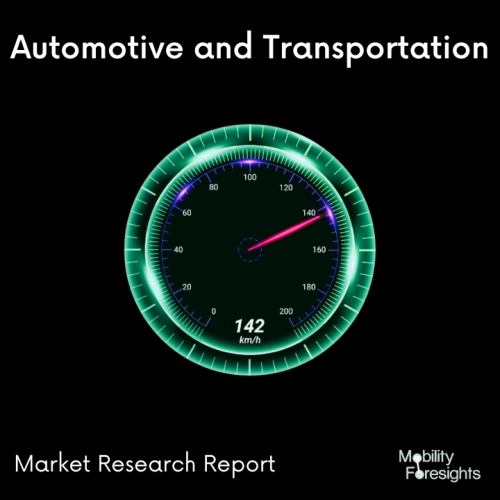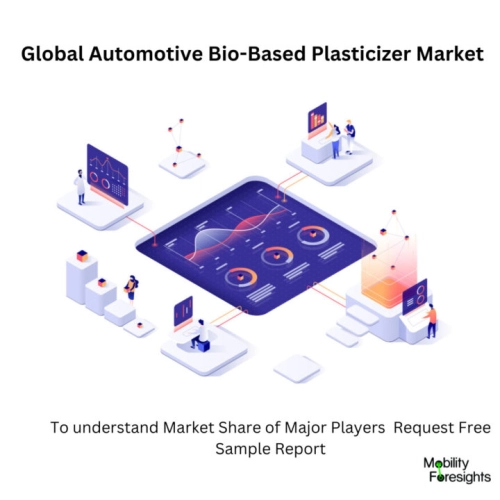
- Get in Touch with Us

Last Updated: Apr 25, 2025 | Study Period: 2024-2030
Bio-based Plasticizers â They are based on epoxidized soybean oil (ESBO), epoxidized linseed oil (ELO), castor oil, palm oil, other vegetable oils, starches, sugars etc. Others â Includes Phosphates, Chlorinated Paraffins, Alkyl Sulfonic Acid Esters and more.
Bio-based Plasticizer is a diacetyl epoxidized vegetable-oleic acid glyceride. It is an environmental friendly plasticizer to maintain softness and flexibility at varying temperature ranges. This bio-based plasticizer is a biodegradable and renewable replacement and alternative for phthalate plasticizers.
Plasticizers are added to plastics to make them flexible, pliable, and processable. There are two types of plasticizers: the primary plasticizer and the secondary plasticizer or extender. The primary plasticizer improves the elongation and softness of the plastic.
Most common plasticizer chemistries include citrates, benzoates, ortho-phthalates, terephthalates, adipates, azelates, sebacates, and taramellites. Plasticizers are the most common additives used in the plastics industry.
Bioplastics are currently used in disposable items like packaging, containers, straws, bags and bottles, and in non-disposable carpet, plastic piping, phone casings, 3D printing, car insulation and medical implants.

Global automotive bio-based plasticizer market accounted for $XX Billion in 2023 and is anticipated to reach $XX Billion by 2030, registering a CAGR of XX% from 2024 to 2030.
Evonik adds phthalate-free and bio-based products to plasticizer portfolio, boosts US precipitated silica capacity. Evonik Industries has revealed plans to launch a new generation of plasticizers for polyvinyl chloride (PVC), expanding its range of sustainable plasticizers to include phthalate-free and bio-based products.
The new plasticizers will be manufactured at facilities being constructed at the company's Marl Chemical Park site. Evonik reports that total investment in the project is in the double-digit million Euro range. Evonik launched a new generation of PVC plasticizers this year with its new ELATUR product brand.
With this strategic portfolio addition, Evonik is consistently expanding its product range of sustainable plasticizers. The ELATUR CH phthalate-free plasticizer is particularly suitable for sensitive PVC applications such as articles of everyday use that come into direct contact with the skin.
Production of the phthalate-free plasticizer 1,2-cyclohexane dicarboxylic acid diisononyl ester started at a new production facility of Evonik at the Marl Chemical Park. The facility has an annual capacity of 40,000 metric tons.
Based on the company's consistent research efforts, the new generation of plasticizers will be gradually expanded with further innovative products in the future. That will also include marketing additional bio-based plasticizers to be launched by Evonik as part of its ELATUR brand.
| Sl no | Topic |
| 1 | Market Segmentation |
| 2 | Scope of the report |
| 3 | Abbreviations |
| 4 | Research Methodology |
| 5 | Executive Summary |
| 6 | Introduction |
| 7 | Insights from Industry stakeholders |
| 8 | Cost breakdown of Product by sub-components and average profit margin |
| 9 | Disruptive innovation in the Industry |
| 10 | Technology trends in the Industry |
| 11 | Consumer trends in the industry |
| 12 | Recent Production Milestones |
| 13 | Component Manufacturing in US, EU and China |
| 14 | COVID-19 impact on overall market |
| 15 | COVID-19 impact on Production of components |
| 16 | COVID-19 impact on Point of sale |
| 17 | Market Segmentation, Dynamics and Forecast by Geography, 2024-2030 |
| 18 | Market Segmentation, Dynamics and Forecast by Product Type, 2024-2030 |
| 19 | Market Segmentation, Dynamics and Forecast by Application, 2024-2030 |
| 20 | Market Segmentation, Dynamics and Forecast by End use, 2024-2030 |
| 21 | Product installation rate by OEM, 2023 |
| 22 | Incline/Decline in Average B-2-B selling price in past 5 years |
| 23 | Competition from substitute products |
| 24 | Gross margin and average profitability of suppliers |
| 25 | New product development in past 12 months |
| 26 | M&A in past 12 months |
| 27 | Growth strategy of leading players |
| 28 | Market share of vendors, 2023 |
| 29 | Company Profiles |
| 30 | Unmet needs and opportunity for new suppliers |
| 31 | Conclusion |
| 32 | Appendix |